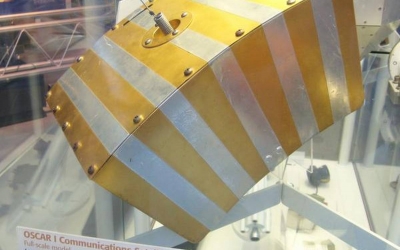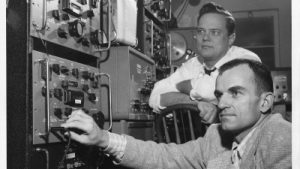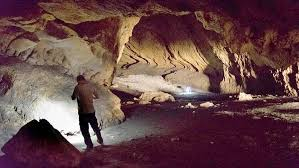
When the word “Oscar” is mentioned, most of our minds immediately think about the Academy Awards. These awards, often regarded as the most prestigious awards in the entertainment industry worldwide, are also referred to as the Oscars. The word OSCAR, however, also refers to Orbiting Satellites Carrying Amateur Radio. OSCAR 1, the first non-governmental satellite that was built by private citizens, was launched successfully on December 12, 1961.
Sputnik 1, which was launched successfully by the Soviet Union in October 1957, marked the beginning of the space age. Not willing to be left lagging behind, the U.S. launched their own satellite, Explorer 1, in January 1958. Barely four years from the time the Soviet Union and the U.S. started tussling in space, a non-governmental satellite was also successfully launched.
Project OSCAR
The idea of launching an amateur radio satellite was born within months of Explorer 1’s launch. The Project OSCAR was formed by a group of radio amateurs with that goal in mind, with OSCAR standing for Orbiting Satellites Carrying Amateur Radio.
In order to get the project started, a series of high-level meetings were called for by the members of the Project OSCAR group with representatives of the U.S. Air Force and space companies. In that sense, the success of OSCAR 1 was not only a scientific success, but also signalled that private individuals could actually get approvals from the bureaucracy.
Less than $100
OSCAR 1 was literally built in the basements and garages of the members forming the group. The shape of the satellite was dictated by the shape of the carrier rocket as the satellite had to fit in the space provided in the rocket. This meant that OSCAR 1, which was approximately 30 cm x 25 cm x 12 cm, was slightly curved. Constructed using donated materials, the total out-of-pocket expense of OSCAR 1, which weighed about 4.5 kg, was less than $100.
A Thor-Agena rocket, launched on December 12, 1961 to deploy the military Discoverer 36 satellite, carried OSCAR 1 near its tail-end, adjacent to the engine nozzle. Designed and tested to endure the kind of shock that it might encounter, OSCAR 1 was deployed in low-Earth orbit, just above the atmosphere. This meant that OSCAR 1 was the first satellite to reach its own orbit after being ejected as a secondary payload of another primary mission.
Says “HI”
Once deployed, the satellite started transmitting the letters “HI” in Morse code. These letters were chosen in particular over other possibilities because the letters “HI” was – and still remains – an internationally recognised friendly greeting between radio amateurs. Over 500 amateurs operating in 28 countries detected the simple morse code that was being sent out and forwarded their observations to the Project OSCAR team.
OSCAR 1 was gold-plated and had black metallic strips across the casing to regulate the internal temperature. The observations from the ground along with the telemetry from the satellite provided key findings that served as inputs for designing OSCAR 2.
Since OSCAR 1 didn’t have a solar cell charging system, its operations were set to last only till the batteries discharged completely. While the expected battery life was 28 days, OSCAR 1 beamed its “HI” signal till January 1, 1962. By the end of January 1962, OSCAR 1 re-entered the Earth’s atmosphere after over 300 revolutions in its orbit.
The success of OSCAR 1 not only showed that radio amateurs and private individuals could design, construct, and track reliable operational satellites, but also that they could coordinate with government launch agencies to get the work done. What began with OSCAR 1 continues to this day, with the backing of the Radio Amateur Satellite Corporation (known officially as AMSAT). It has not only allowed radio enthusiasts around the world to participate in satellite communications, but has also led to innovations in designing and manufacturing spacecraft.
Picture Credit : Google




